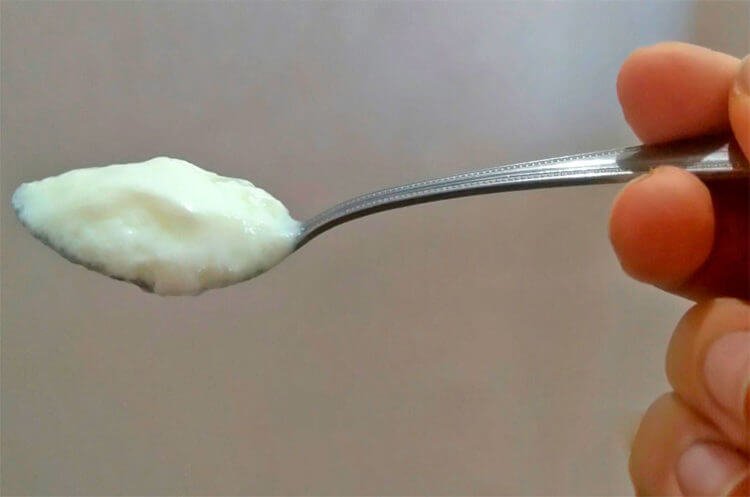Devices for level measurement
Almost all technological processes in food production require measuring the level of liquids and bulk materials, as well as signaling the minimum or maximum permissible levels in tanks and apparatus. Particularly important is the measurement of water level in steam boiler drums, juice level in evaporators, etc.
In some cases, the level is the main and sometimes the only technological parameter that is used not only for the technological process, but also for accounting for raw materials and products in storage facilities and tanks.
Modern level measuring instruments can be divided into two main groups; level gauges and level switches. Depending on the measurement conditions, the nature of the measuring medium, different methods are used to measure the level. Level gauges can have remote transmission of readings and visual readout at the place of their placement.
According to the principle of operation, level gauges are divided into: mechanical, hydrostatic, electrical, radioisotope, acoustic, ultrasonic, etc. The group of mechanical level gauges includes float, diaphragm, contact-mechanical and vibration devices. Electrical level gauges include conductometric and capacitive ones.
Often, according to the conditions of technological processes in the food industry, it is necessary to provide for the possibility of non-separable washing of level measuring instruments or automatic cleaning. Specific conditions of food products (sticking, crystallization, oxidation in contact with the sensing element of the level gauge) limit the possibility of using general industrial measuring instruments. In such cases, non-contact level gauges are preferred.
The most widely used for level measurement are float level gauges and alarms.
Float level gauges are widely used due to their simple design and sufficient accuracy. The main elements of float level gauges are a float, a transmission mechanism, and a counting or recording device. The principle of their operation is based on the movement of a float that floats on the surface of the measured liquid. This movement is transmitted mechanically or by means of a remote transmission system (mechanical, electrical, pneumatic or other) to the measuring device.
The buoy level gauge is used to measure the level in the range from 0.02 to 16 meters both in open tanks and in pressure vessels (up to 1.6 M Pa) with a liquid density of 760 to 1250 kg/m3. The principle of operation of buoy level gauges (with variable immersion float) is based on the dependence of the ejection force acting on the buoy depending on the liquid level. The buoy is made in the form of a metal rod or cylinder filled with metal shavings.
The buoy level gauge of the UB-P type (Fig. 1) consists of a measuring unit and a pneumatic power converter. The operation of the level gauge is based on the principle of pneumatic force compensation. The change in the liquid level is converted into a proportional force on the sensing element, which is automatically balanced by the force of the feedback device. In the absence of liquid in the tank, the force of the buoy mass is balanced by the weights (6) and levers (5) and partially by the zero setting spring (20 kPa). 
When the water level in the reservoir (1) changes, the buoy (2) is subjected to a pushingforceFa, which disturbs the state of equilibrium. The higher the water level, the more the buoy will be immersed in the liquid and the greater the pushingforceFa. If the balance is disturbed, the buoy (2) will move upward and the lever (3) will turn clockwise in the membrane (4). The lever (3) will turn the lever (7) due to the flexible connection and the flap (11) will cover the nozzle (10) of the pneumatic amplifier (13).
The pressure at the outlet of the amplifier increases and is simultaneously applied to the feedback bellows (12), which, by moving the lever (9) through the slider (8), partially moves the flapper (11) away from the nozzle (10). The bellows (12) and the lever (9) form a negative feedback device that allows the amplifier output to generate a pneumatic signal proportional to the measured liquid level in the tank.
In addition, the feedback device changes the compensating force FK, which depends on both the level and the density of the liquid and brings the force system to a new equilibrium position.
You can read about level switches in a separate article. The principle of operation of level measuring and signaling devices is based on the change in the electrical conductivity of the medium when the level changes. The industry produces conductometric level switches of the ERSU-2 and ERSU-3 types.


